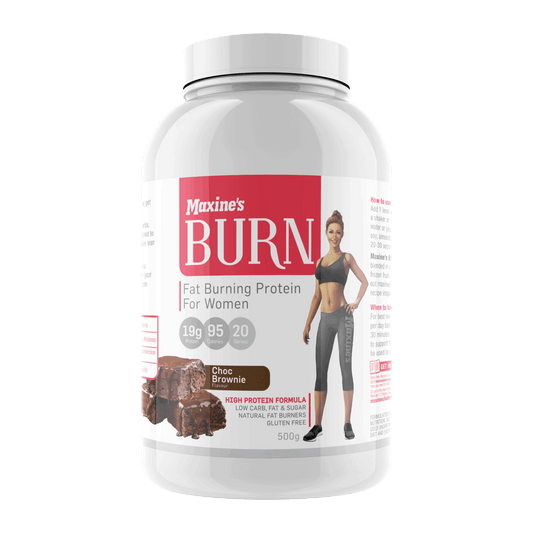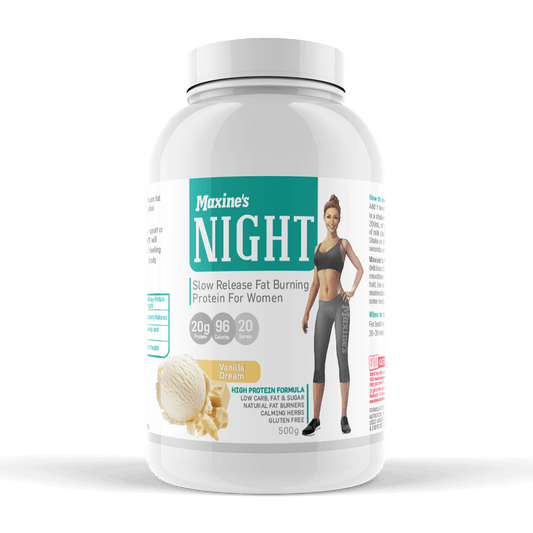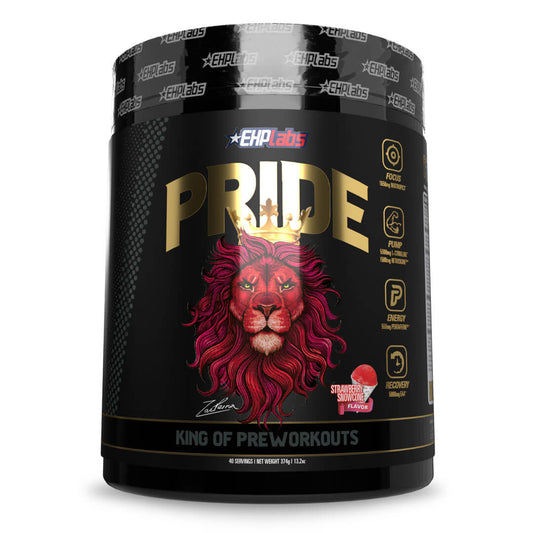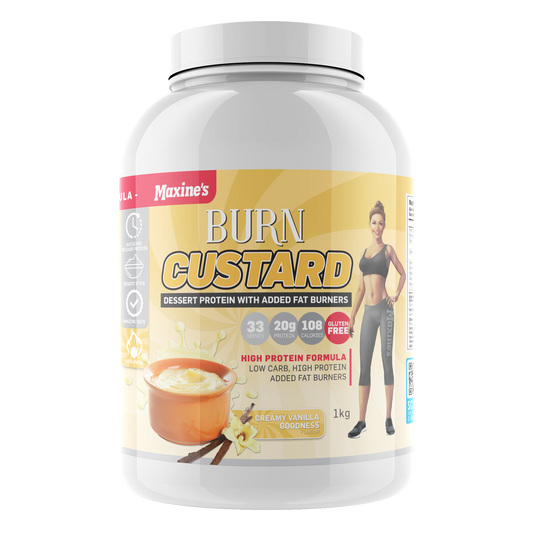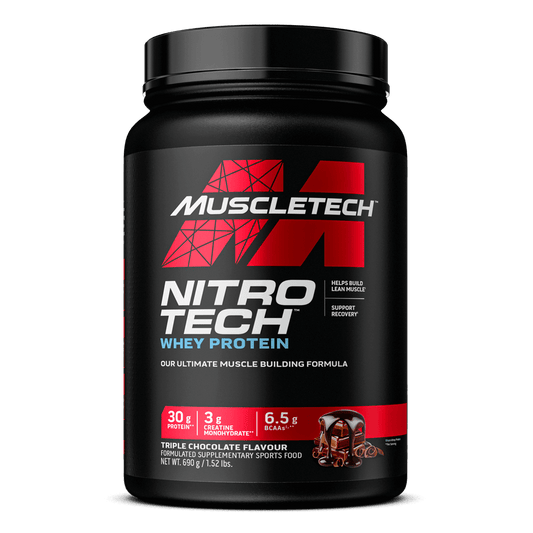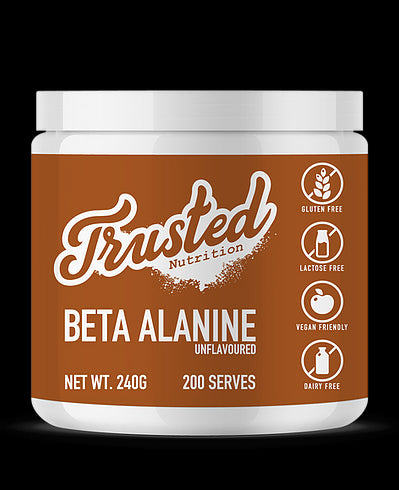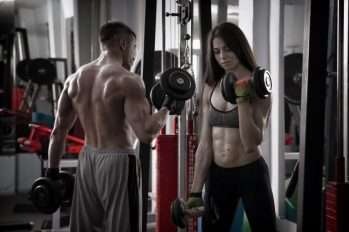
Increase Your Workout Intensity
“The greatest feeling you can get in a gym, or the most satisfying feeling you can get in the gym is... The Pump. Let's say you train your biceps. Blood is rushing into your muscles and that's what we call The Pump. Your muscles get a really tight feeling, like your skin is going to explode any minute, and it's really tight – it's like somebody blowing air into it, into your muscle. It just blows up, and it feels really different. It feels fantastic.”
These words were spoken by none other than The Austrian Oak, Arnold Schwarzenegger himself, and we’re inclined to agree with him. However, chasing the satisfying feeling of the pump requires intensity and while keeping up your consistency with your gym routine is the most important, maintaining intensity is a close second. Read on to discover proven ways to keep your workouts intense and ensure you always get a good pump.
What is the pump?
The scientific term for the pump is hyperaemia. Hyperaemia or hyperemia is an excess of blood flowing into the vessels supplying either an organ or some other part of the body. It is also a by-product of an intense workout.
According to a study by Hayman et al, an increase in cardiac output (CO) is a major contributor to exercise-induced hyperemia. Cardiac output is determined by the heart rate and amount of blood put out by the left ventricle of the heart in one contraction. Exercise induces hyperaemia because blood flow to muscle increases during exercise in order to deliver more oxygen (Crecelius et al, 2011). In fact, according to Joyner and Wilkins (2007), “Exercise can increase skeletal muscle blood flow by 100-fold over values observed at rest.”
How to increase the intensity of your workout
• Increase time under tension – negatives
Time under tension (TUT) is a term every bodybuilder will be familiar with and refers to the duration your muscles are contracting in order to counter the force being exerted by any resistance like weights. Incorporating negatives, where you focus on the eccentric portion of the movement is an effective way to add intensity to your workout.
• Incorporate the dropset
The dropset is an excellent technique to get the blood flowing. It allows you to continue an exercise despite the fatigue. This is done by dropping the weight and performing additional reps after having reached failure with a heavier weight.
• Forced reps
Unlike cheat reps, forced reps require the assistance of a spotter or training partner. Once you’ve reached your limit during a set (the point of failure), your spotter will then share the load (not all of it) to help you push out a few more reps. An example would be having your spotter assist you with a few extra reps on the bench press once you can no longer lift the weight on your own.
• Cheat reps
A cheat rep is ultimately when you adjust your form in an effort to lift weight after you have reached failure. This helps you shift more weight, adding volume to your workout and improving the pump you get afterwards. An example of this is incorporating a bit of swing into your bicep curl as your reach failure or using your arms on your knees to push a few more reps on the leg press.
• Carbs
Often given such a bad reputation, carbs are so critical to making progress in the gym. Not only do they help fuel your workout by providing the energy but they also help you achieve that all important pump. How? As IFBB Hall of Famer Rich Gaspari put it, "Your muscles need to be filled with glycogen while you're training if you want an insane muscle pump. The glycogen is not only a source of energy that can fuel a workout, but it's also critical to making your muscles look big and full."
This means you should consume a fair amount of quality carbs the day before and the day of a heavy workout to get the best out of it.
Make every set your best set
The techniques here not only help you achieve a great pump but also bring you closer to your fitness goals. As Stoppani outlines, “H.I.T (high intensity training) is great for promoting muscle mass and strength, and also sparking fat loss.”
Supporting this, Jacob Wilson states that “When you train and you get a pump, kind of like Arnold famously talked about in "Pumping Iron," your muscle cells sense that swelling as a threat. They basically say, "OK, I have to grow or die." So, they restructure themselves and get larger.”
If you need that little bit extra to get a good pump, browse our range of pre-workouts to make sure you give it your all from start to finish.
References:
Melissa A. Hayman et al, Understanding exercise-induced hyperemia: central and peripheral hemodynamic responses to passive limb movement in heart transplant recipients, J Physiol Heart Circ Physiol. 2010 Nov; 299(5): H1653–H1659.
Anne R Crecelius, Brett S Kirby, Wyatt F Voyles, and Frank A Dinenno, Augmented skeletal muscle hyperaemia during hypoxic exercise in humans is blunted by combined inhibition of nitric oxide and vasodilating prostaglandins, J Physiol. 2011 Jul 15; 589(Pt 14): 3671–3683.
Joyner M. & Wilkins B., Exercise hyperaemia: is anything obligatory but the hyperaemia? J Physiol. 2007 Sep 15; 583(Pt 3): 855–860.
Powerhouse is dedicated to helping you reach the next level in your fitness and health. We sample all our products and rely on research for all advice we offer. For a comprehensive range of supplements that will help you hit your fitness goals with no associated health risks, get in touch today.
